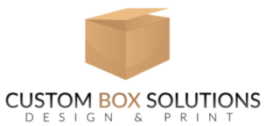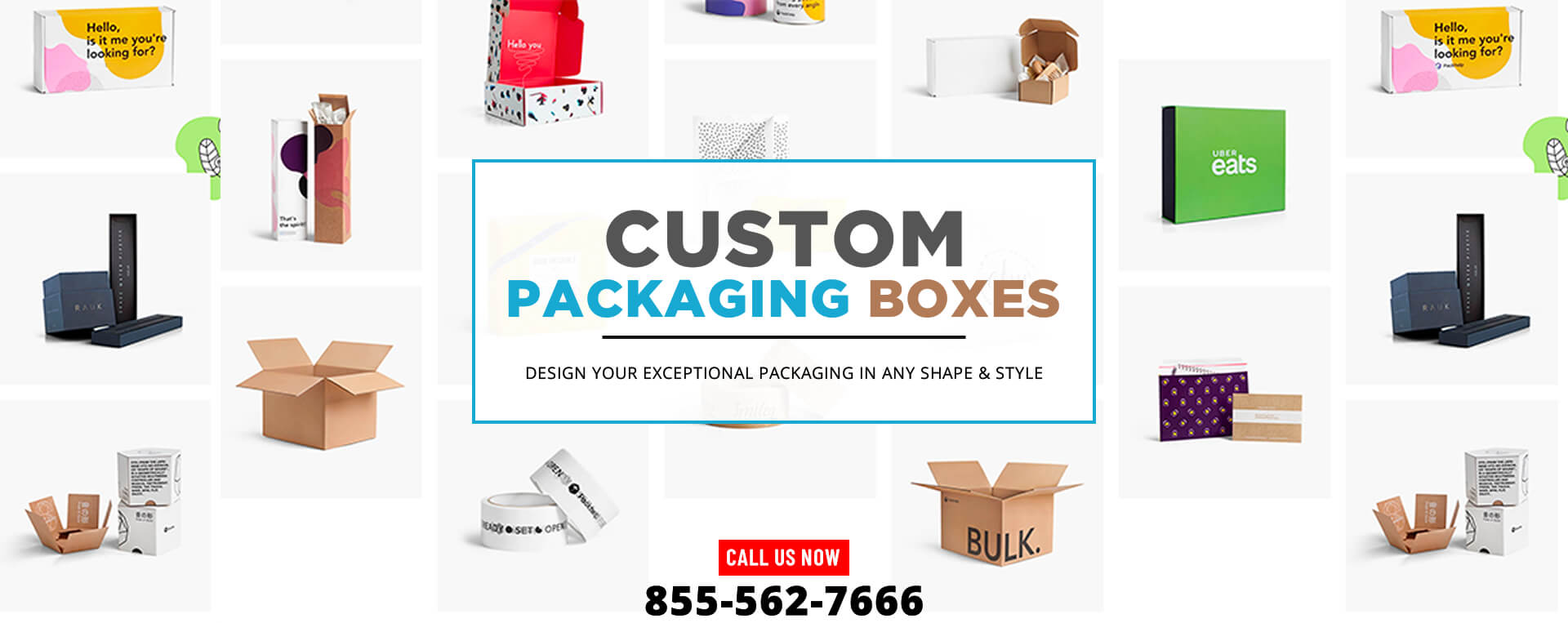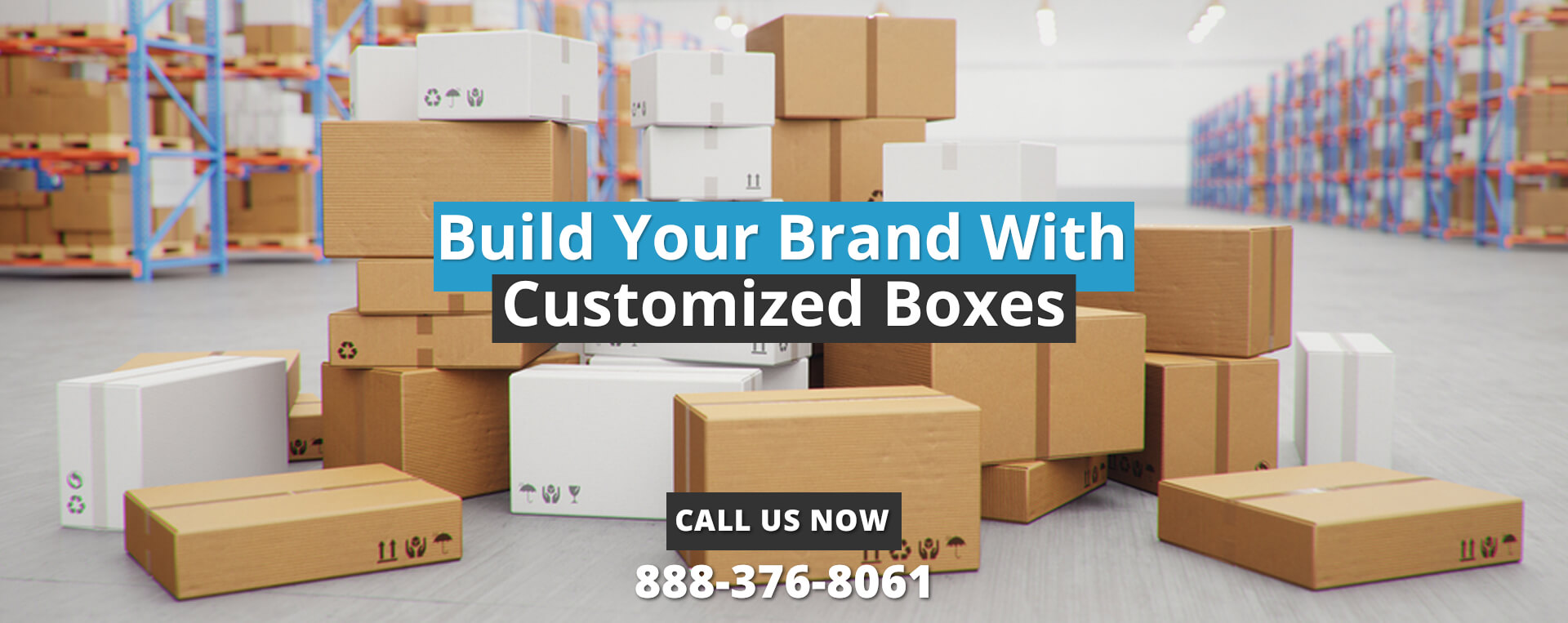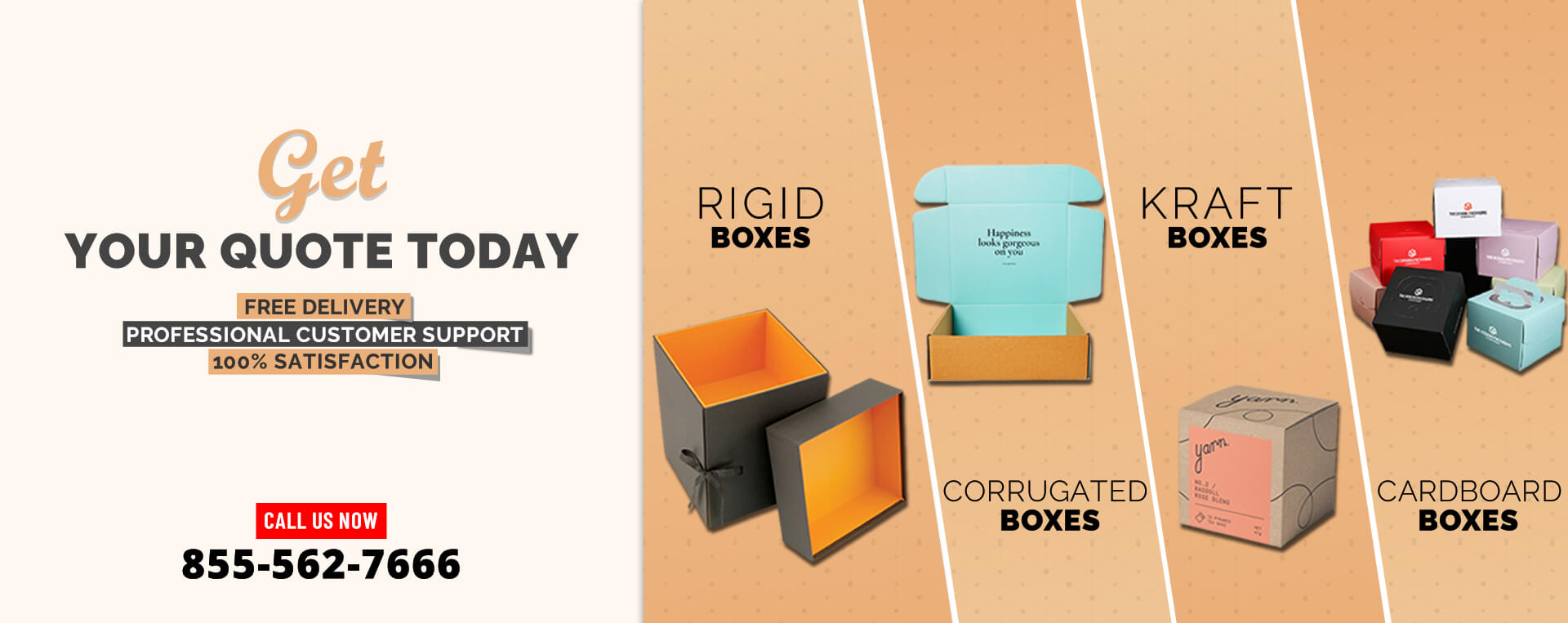Decorative Flap Boxes
If you’re looking for a budget-friendly storage solution for your nightstands, you might want to consider making Decorative Flap Boxes out of cardboard boxes. Even if you’re not an experienced builder, this project is easy to undertake. It’s a great way to save money and reduce waste by repurposing items you may already have at home. When embarking on this project, keep in mind that finding the right-sized cardboard boxes can be challenging. However, the solution might be closer than you think. In our case, the perfect boxes were right in our reach, holding lamps that we needed to install on the walls. If you’re interested in learning how to make these decorative storage boxes, keep reading the blog for a step-by-step tutorial and don’t go anywhere until you finish reading our blog.
Supplies Needed
To create Decorative Flap Boxes that fit your intended space perfectly, you’ll need a few supplies. You’ll need a cardboard box of the right size, fabric to cover the box (the amount will vary depending on the box size and how you plan to use it), a box cutter or exacto knife, and either Modpodge or spray adhesive. Also, you’ll need a foam core board, which you can purchase at most craft or art supply stores for around $3. With all the supplies in hand, you can expect to spend between $3 and $10, depending on the size of your box and what materials you already have.
How To Make a Decorative Flap Box
If you’re looking to create Decorative Flap Boxes, there are a few essential steps that you should follow to ensure that your project is a success. Here’s a more detailed guide to help you along the way:
1. Choose the Top of the Box
Begin by selecting which side of the box you want to be the top, and then carefully cut it off using a box cutter. Be sure to make a clean, even cut to ensure that your box will look neat and professional.
2. Disassemble the Box
Next, take apart the remaining box by undoing any glue or staples that hold it together. This will allow the box to lay flat, which will make it easier to trace and cut your fabric to size.
3. Consider the Reassembly
Keep in mind that you will be reassembling the box inside-out later on. This will ensure that you have a clean, plain box with no printing showing through the fabric.
4. Trace the Fabric
Lay the flattened box onto your chosen fabric and trace around the parts that will be visible once the box is reassembled. To make sure that you have enough fabric to cover the box, it’s important to draw a second line, about an inch outside of the first one. This extra inch will allow you to wrap the fabric over the exposed edges of the box.
5. Reassemble the Box
After tracing, you can reassemble the box inside out by glueing it back together. Take care to use just enough glue to hold the box together without making it too bulky. It’s best to use glue that dries clear so it won’t show through the fabric.
6. Apply the Fabric
To apply the fabric to the box, begin by applying a thin layer of Mod Podge onto the outside bottom of the box. This will help the fabric to adhere to the box and prevent it from shifting around. Next, carefully place the fabric on the box, making sure to smooth and stretch it to prevent wrinkles. Avoid applying Mod Podge over the outside of the fabric to keep it looking its best. After that, determine which ends of the box are the front, back, and sides. Start applying the fabric to the sides of the box first, wrapping the raw edges around the side corners. Do not fold the top raw edges of the fabric over the top of the box yet. Apply the fabric to the front and back of the box, folding the fabric on each corner to get a clean, smooth seam. Then, wrap the fabric over the top edges and adhere them to the inside of the box using MP. Apply MP both under and over the fabric to keep it well attached. Cut the fabric a bit at the corners to get a smooth fit.
7. Creating a Lid from Foam Core Board
To make a box lid out of foam core board, set your new storage box on the foam core board and trace around it with a pencil. Trace a second line about 2 inches outside of the first line. The blue line is the cut line you should follow to get the lid for your box.
Cut the foam core board along the blue line. Then cut the corners out as shown in the photo.
8. Assembling and Decorating the Lid
To fold the sides of the box lid, carefully score the board along the trace (red) line. Be careful not to cut through the board. You may need to scrape off a bit of foam along the red lines to make it easier to fold. Use your glue gun to apply some glue to one scored “fold line” and then fold it in. Quickly do the same to an adjacent side, then use some hot glue and a piece of clear tape to hold the corners together. Repeat this process until all sides are folded in.
9. Completing the Fabric-Covered Box
You can apply the fabric when the lid is assembled and the glue is dry. Follow the same process you used to cut and apply fabric for the box. At last, fold the corners of your fabric and wrap it around the lid. Once the MP has dried, your box is ready to use. Congratulations, you have successfully transformed trash into treasure with this unique and beautiful fabric-covered box. By following these detailed steps, you’ll be able to create beautiful Decorative Flap Boxes that are perfect for storing all kinds of items.



